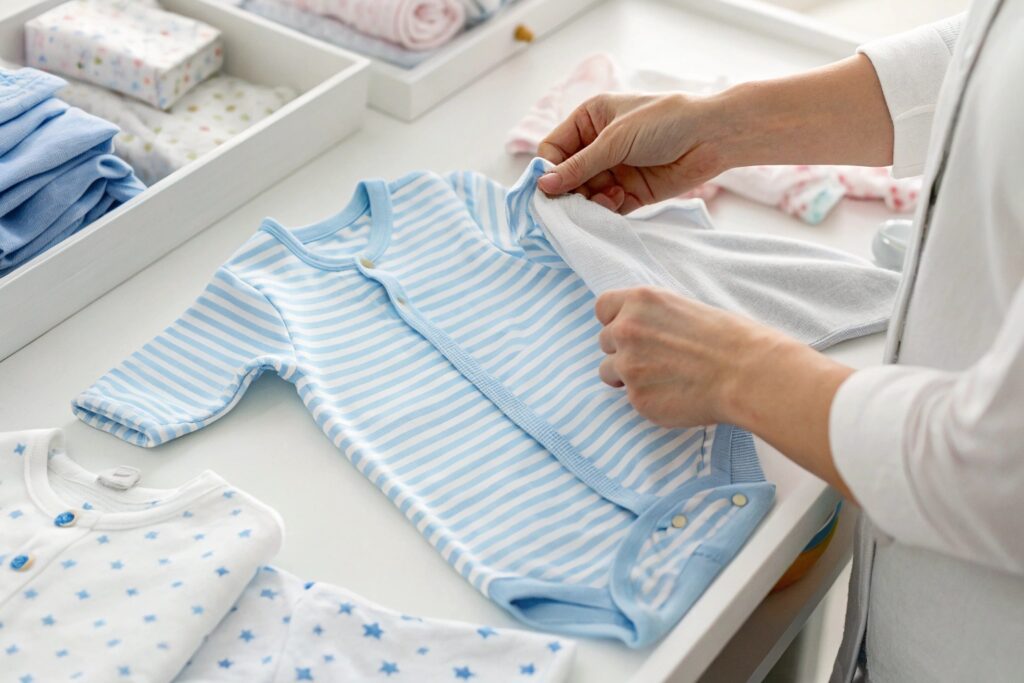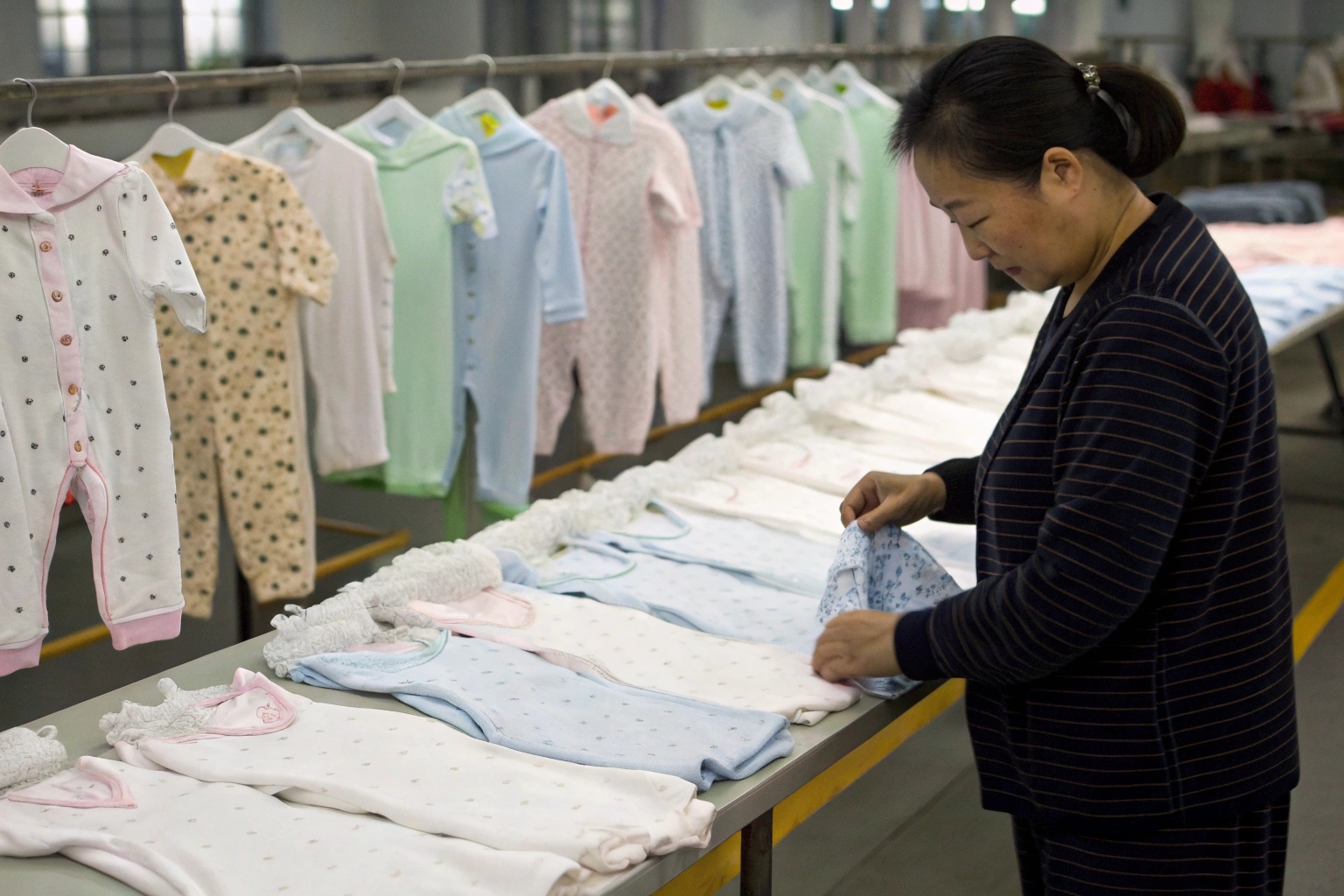In babywear, timing is everything. Miss a season, and you miss a sales window. Produce too much, and you’re left with unsold sizes and styles.
Flexible manufacturing helps babywear brands adapt to seasonal demand by enabling smaller runs, faster turnarounds, and lower inventory risk. It’s the key to staying agile in a fast-moving, size-sensitive market.
Let’s explore how this approach solves real-world problems that every babywear brand faces during seasonal transitions.
Why Agile Production Matters for Babywear Seasonality?
Babywear isn’t just seasonal—it’s micro-seasonal. New sizes, new colors, and weather-driven needs change every few months.
Agile production allows brands to react to seasonal shifts quickly—without overcommitting to styles that might not sell.

Why is speed so critical in babywear?
- Babies grow quickly → demand shifts by age and size
- Weather patterns vary → early spring or late winter can affect sales
- Gift-giving peaks → holidays, birthdays, and baby showers are time-sensitive
- Trends evolve faster with social media → pastel last month, earth tones this month
| Seasonal Pressure Point | How Flexible Manufacturing Helps |
|---|---|
| Sudden spike in demand | Enables quick reordering |
| Weather miscalculation | Adjusts styles/colors mid-season |
| Missed sell-through | Avoids large stock of out-of-date sizes |
| Launch delays | Shorter lead time saves the season |
Without agility, even beautiful product can arrive too late to matter.
How Small-Batch Runs Help Manage Inventory Risk?
Babywear sizing is sensitive. You can’t just carry over last season’s inventory and expect it to sell.
Small-batch manufacturing allows brands to test demand, reduce size misalignment, and protect cash flow—without sacrificing product quality.

What are the benefits of small-batch production for babywear?
- Reduces deadstock: You’re not sitting on 500 3–6M rompers when everyone’s buying 6–9M
- Validates styles faster: See what works before investing in bulk
- Eases cash stress: Less upfront capital locked in inventory
- Boosts perceived exclusivity: “Limited drop” = more urgency
| Order Strategy | Outcome |
|---|---|
| 100–300 units per SKU | Manageable sell-through with flexibility |
| Bundle by season (not size) | Mix-and-match styling for faster rotation |
| Seasonal capsules | Faster to market, easier to reposition |
Brands can then reorder based on actual sales, not just predictions.
What Flexible Timelines Mean for Seasonal Launches?
Fixed production cycles force brands to guess months in advance. One delay—and your spring line drops in summer.
Flexible manufacturing shortens the development-to-delivery cycle, letting you launch closer to season, with higher confidence in demand.

What’s the difference between rigid and flexible timelines?
| Production Model | Launch Cycle Result |
|---|---|
| Traditional (90–120 days) | Must plan 6–8 months out |
| Flexible (30–60 days) | Launches closer to actual trend/data |
This matters because:
- You can build collections around current colors, weather, and trends
- You can respond to retailers asking for restocks mid-season
- You can capture last-minute holiday or event demand
Even 5–10 days saved in sampling or approval can mean hitting the right season instead of missing it completely.
How On-Demand Manufacturing Reduces Overstock and Waste?
Overproduction leads to markdowns, dead inventory, and landfill waste. In babywear, that risk is even higher due to fast size turnover.
On-demand and made-to-order manufacturing help brands produce only what’s needed—improving margins, sustainability, and customer trust.

How does on-demand work in babywear?
- Use pre-orders to measure interest
- Digitally print or embroider after orders are placed
- Batch similar styles together for smart efficiency
- Offer personalization to increase value per unit
| Manufacturing Type | Inventory Impact |
|---|---|
| Bulk (speculative) | High unsold inventory risk |
| Small-batch + on-demand | Aligns supply with actual sales |
Parents appreciate brands that reduce waste—not just for the planet, but for the message it sends: We care.
Conclusion
Seasonal shifts can break a babywear brand—or become its superpower. Flexible manufacturing gives you the tools to act quickly, reduce risk, and meet parents’ needs at just the right moment. From small-batch launches to responsive restocks, it’s not just smart operations—it’s strategic branding.










